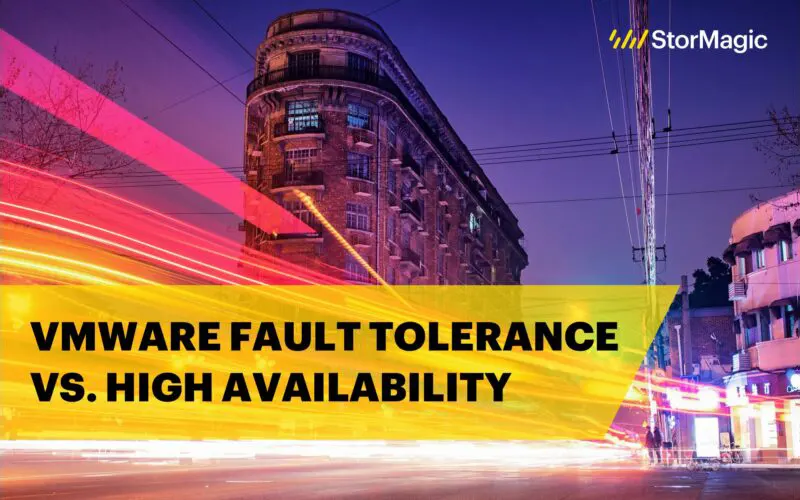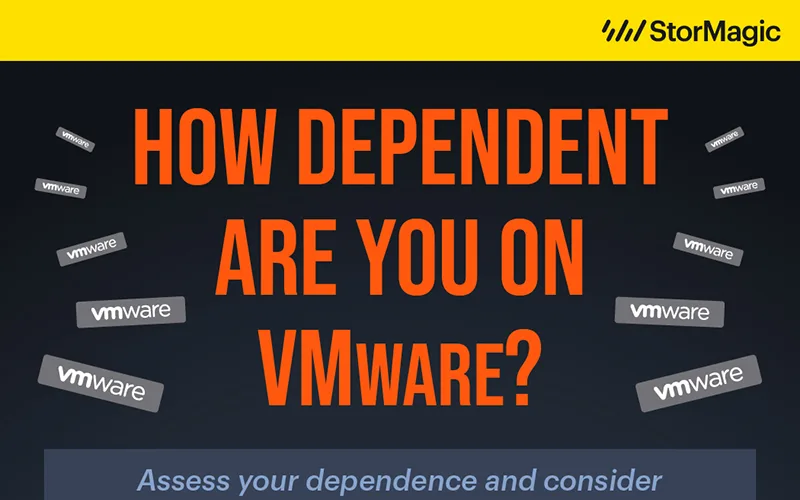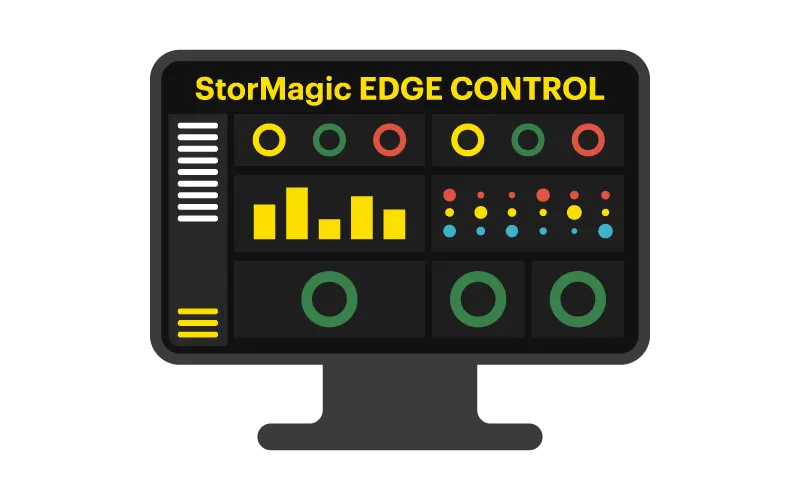Businesses today depend heavily on their IT systems to keep everyday operations up and running. Many organizations require minimal to zero disruption to applications and services, in order to maintain productivity and profitability. However, eliminating IT downtime entirely and achieving true high availability is often easier said than done.
What is Fault Tolerance?
Fault Tolerance is a property that enables a system to continue operating seamlessly in the event of the failure of some of its components, or one or more faults within its components.

VMware Fault Tolerance aims to eliminate downtime, by introducing an extra layer of protection. It effectively duplicates the VM in real time and makes that VM available to another host as a hot-standby. Should the same failure of one host occur, the standby is immediately brought into action and “takes-over” where the failed VM left off, with no VM/operating system restart. The time between failure and resumption of services is much smaller here enabling most workloads to survive the crossover with no loss of running data.
High Availability vs. Fault Tolerance
VMware Fault Tolerance differs from the concept of high availability due to its capability in maintaining virtually no disruption to applications in the wake of a failure. A highly available system can prevent downtime, but if a node is lost, there is a delay in restarting its applications on another node in the same cluster. Consequently, this delay causes significant problems for mission-critical applications and systems that cannot tolerate disruptions in service. Fault Tolerance takes the concept of high availability one step further. It ensures that those applications are ready to maintain operation on a remaining cluster node should one fail, without impacting on service.
Here is how both concepts compare at a glance:
| High Availability | Fault Tolerance | |
| Setup cost | Moderate | High |
| Deployment & management complexity | Moderate | High |
| Performance impact | None | Some performance impact due to RAM replication |
| Hardware footprint | Moderate | High |
| Use case | Minimal downtime & automatic failover | No service interruption due to multiple component failures |
| RPO (data loss) | Zero (except for data in motion) | Zero |
| RTO (downtime) | Up to a few minutes | Zero |
| File corruption protection | None | None |
Simple, Low Cost VMware Fault Tolerance Architecture
While the benefits of Fault Tolerance are substantial, it is often costly and complex to implement. StorMagic SvSAN enables VMware Fault Tolerance out at the edge to allow customer-facing applications to benefit from the same levels of protection previously only available in a datacenter. The joint solution reduces complexities within customer environments, and enables organizations to achieve high resiliency at a low cost of entry.
The “Using VMware Fault Tolerance with StorMagic SvSAN” white paper contains a use case of SvSAN and VMware Fault Tolerance at the edge, in a multi-site architecture. It explains how deploying 2-node SvSAN clusters at over 5,000 locations allowed fault tolerance to be leveraged without the networking complexities and significant costs that come with it. Download the white paper to learn how to achieve IT infrastructure resilience and eliminate downtime within your environment with VMware Fault Tolerance and SvSAN.




